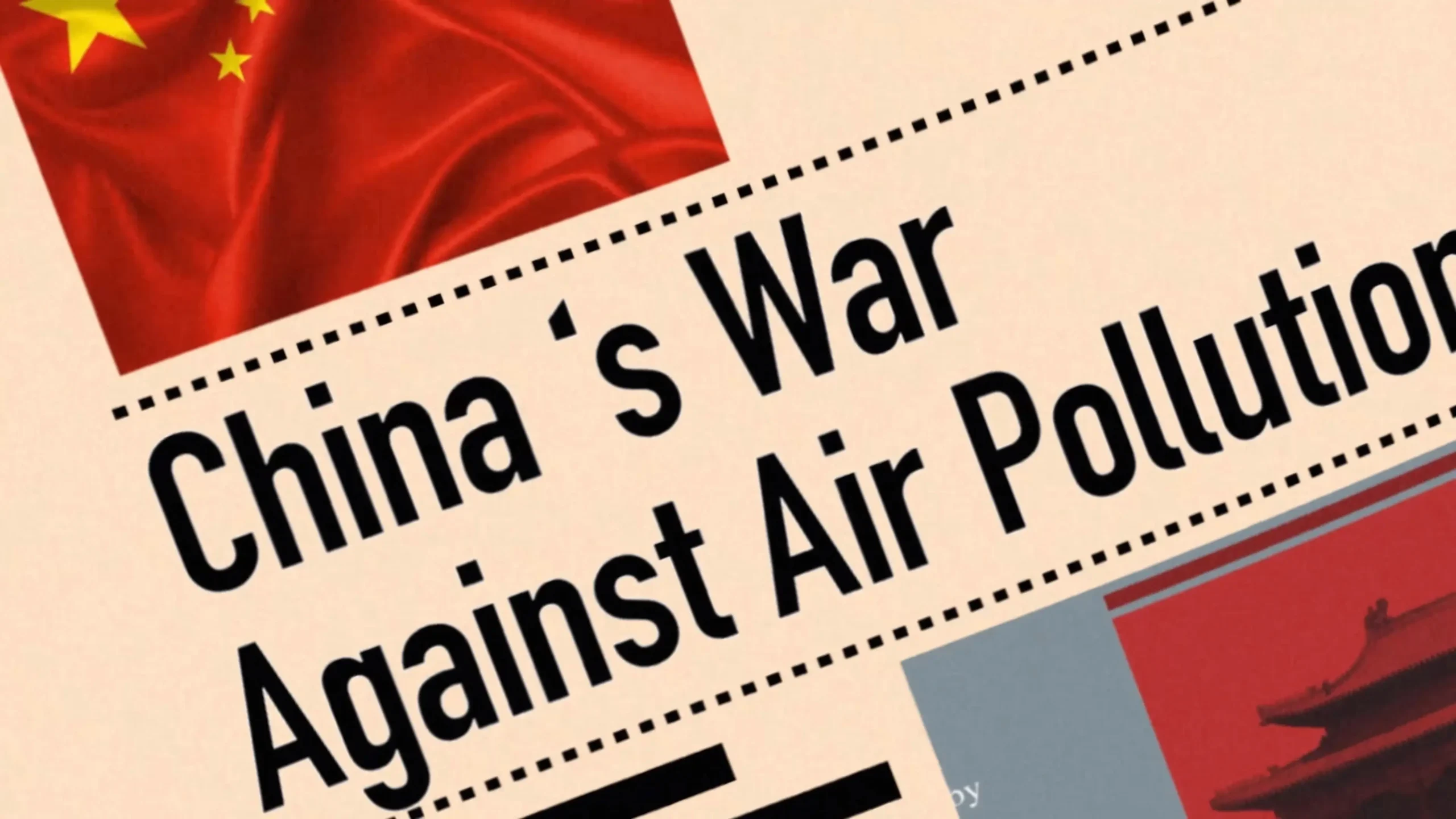
Friends in the third article in the series on Air pollution, in this article we will explore China’s effort to control its air pollution.
It is customary to describe the Chinese experience with a sense of admiration, often overlooking the specific historical circumstances that led to the implementation of certain policies. Both the economic giants share similarities in many aspects like history culture population etc. In light of this, what valuable lessons can India draw from China in the context of its policies on controlling air pollution?
There is a stark similarity between India and China
Culture,
Population,
Emerging superpower
Economy
Air pollution
China and India are the world’s top economies but wait at what cost?
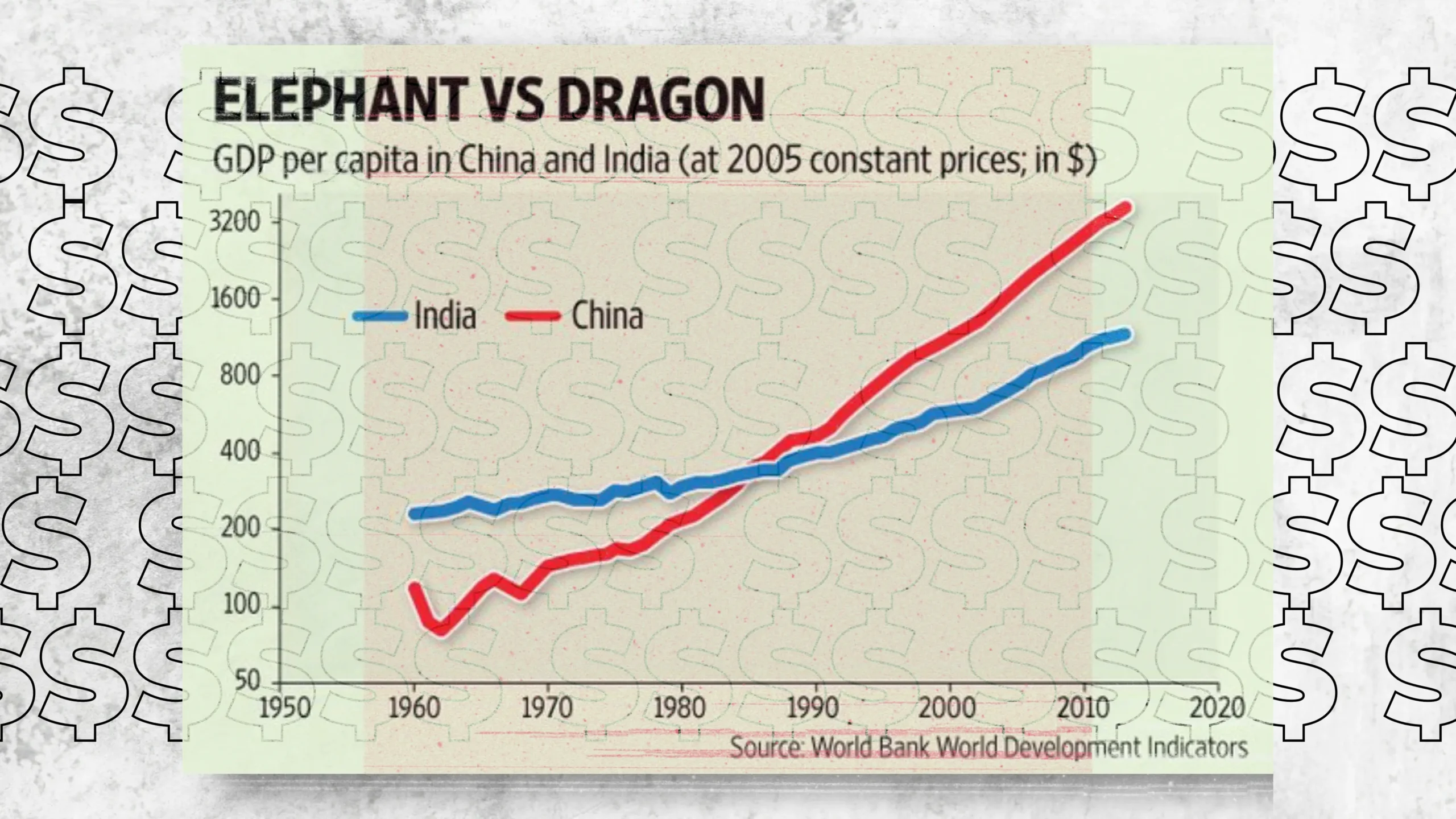
“With Great economy comes great pollution”

Well not exactly!
After receiving global criticism for its deteriorating air quality, the country was on war foot to reduce it,
and surprised the world!
How?
Flashback To Chin’s Air Pollution!
In an attempt to showcase its development and grand entrance to the world, China hosted its first-ever Olympic games in 2008.
Over 10000 athletes from Over 200 countries participated in this event in Beijing. And yet, even when its image mattered the most, China still couldn’t control its pollution.
The city was covered in its signature, dangerously thick, grey smog. In 2013, China experienced some of its highest pollution levels to that point, and public criticism reached new heights.

So as India’s Air Pollution
As many of you know, major cities like New Delhi are currently facing severe air pollution challenges, and it’s crucial that we find effective solutions. So, let’s explore how India can learn from China’s experience.
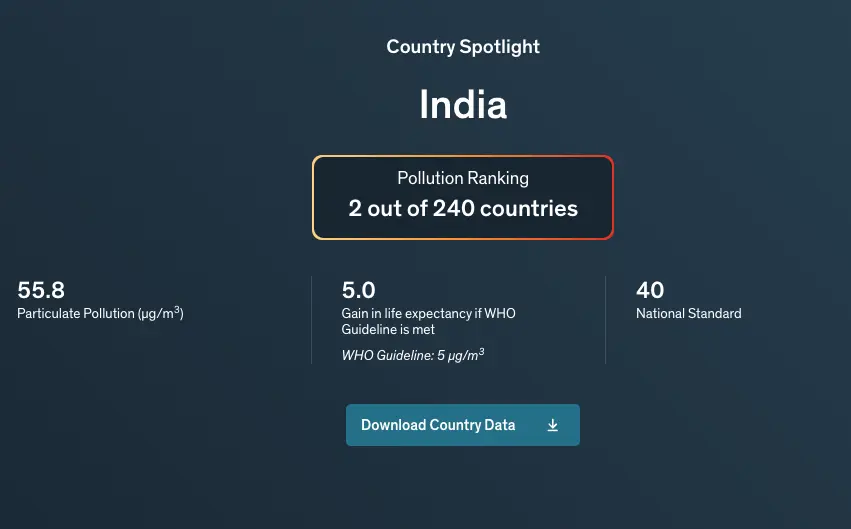
China Planed to Control its Air Pollution
The Chinese government initiated a National Air Quality Action Plan in the fall of 2013, laying out specific targets to improve air quality by the end of 2017.
The plan included a $270 billion initiative to reduce annual average PM2.5 concentrations in the densely populated Beijing-Tianjin-Hebei area by 25 percent, and in the Pearl and Yangtze River Delta regions by 15 and 20 percent, respectively.
Their comprehensive approach included measures such as improving industrial emissions, promoting renewable energy sources, and encouraging the use of electric vehicles.
Let’s take a moment to compare the air pollution charts of India and China. As you can see, there is a stark contrast. China’s proactive measures resulted in a steady decline in pollution levels, while India continues to struggle with high pollution levels. If the reductions are sustained, China’s people can expect to live 1.4 years longer.
How Could China Be Able To Overcome Air Pollution?
Let’s explain it in 10 steps that China took to control air pollution same can be replicated by any country struggling with bad air quality.
1. Reducing the no of vehicles on the road:

In Beijing, You Have to Win a License Lottery to Buy a New Car
Yes, you read it right!
Cities such as Beijing, Guangzhou, and Guiyang have only a small number of new license plates, which they issue through a lottery system.
To address the growing number of vehicles on the roads, especially in major cities, the Chinese government introduced a system that limits the issuance of new vehicle registrations through a lottery system.
Here’s how the lottery system for vehicle registration works:
1. Limited vehicle registration quotas:
The government sets a specific number of vehicle registration quotas available for a given period, typically annually or monthly, depending on the city.
2. Eligibility through a lottery:
Individuals interested in purchasing a new vehicle must participate in the lottery system to secure a registration slot.
The odds of winning the lottery are so low that locals joke about winning the actual lottery!
3. Incentives for cleaner vehicles:
Some cities in China provide additional incentives within the lottery system to encourage the purchase of electric and hybrid vehicles. These incentives can include higher chances of winning a registration slot or special benefits for owners of eco-friendly vehicles.
4. Monitoring and enforcement:
The government closely monitors the lottery system to ensure its effectiveness and prevent any fraudulent activities or misuse of registration slots.
Auctions for New License Plates

In contrast, Shanghai takes a different approach by conducting auctions for new license plates, selling them to the highest bidder. These plates fetch an average price of $14,230, which is more than China’s per capita GDP and significantly higher than the value of most cars they are meant for. Therefore, purchasing a car in Shanghai can be quite challenging unless you possess substantial financial resources, influential connections, or incredible luck.
“Odd-Even” or “Alternate Day” Driving
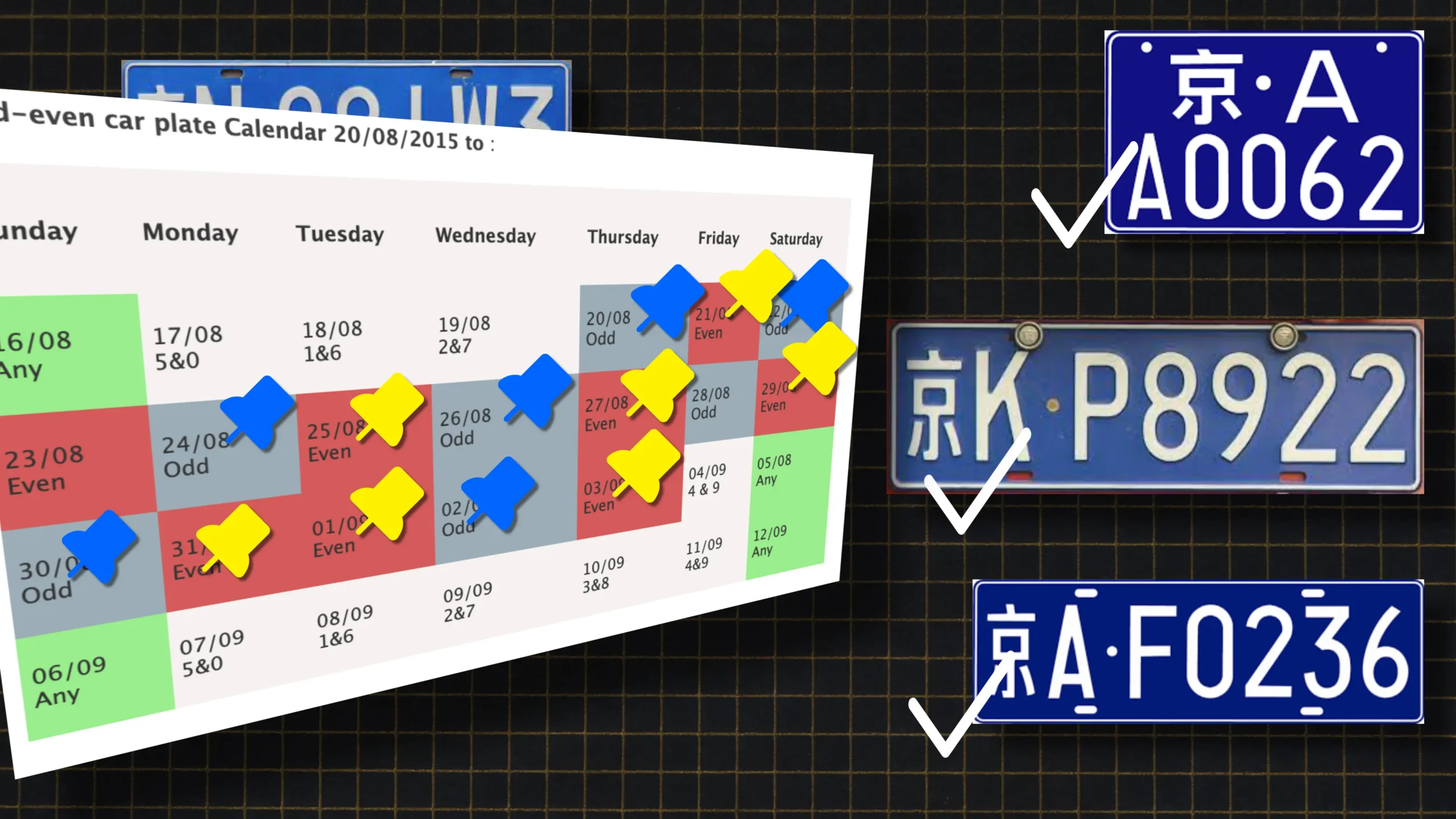
1. Based on the last digit of the vehicle’s registration number: The policy divides vehicles into two groups based on the last digit of their registration number. For example, vehicles with odd-numbered plates may be allowed to drive on certain days, while vehicles with even-numbered plates may be permitted on alternate days.
2. This alternation helps reduce traffic congestion and air pollution by decreasing the number of vehicles on the road each day.
3. The driving restriction policy may have exemptions for certain vehicle types, such as public transportation, emergency vehicles, or vehicles with specific permits. Additionally, the policy may vary across cities or regions, with different schedules and regulations in place.
Monitoring Of Air Pollution Guidelines
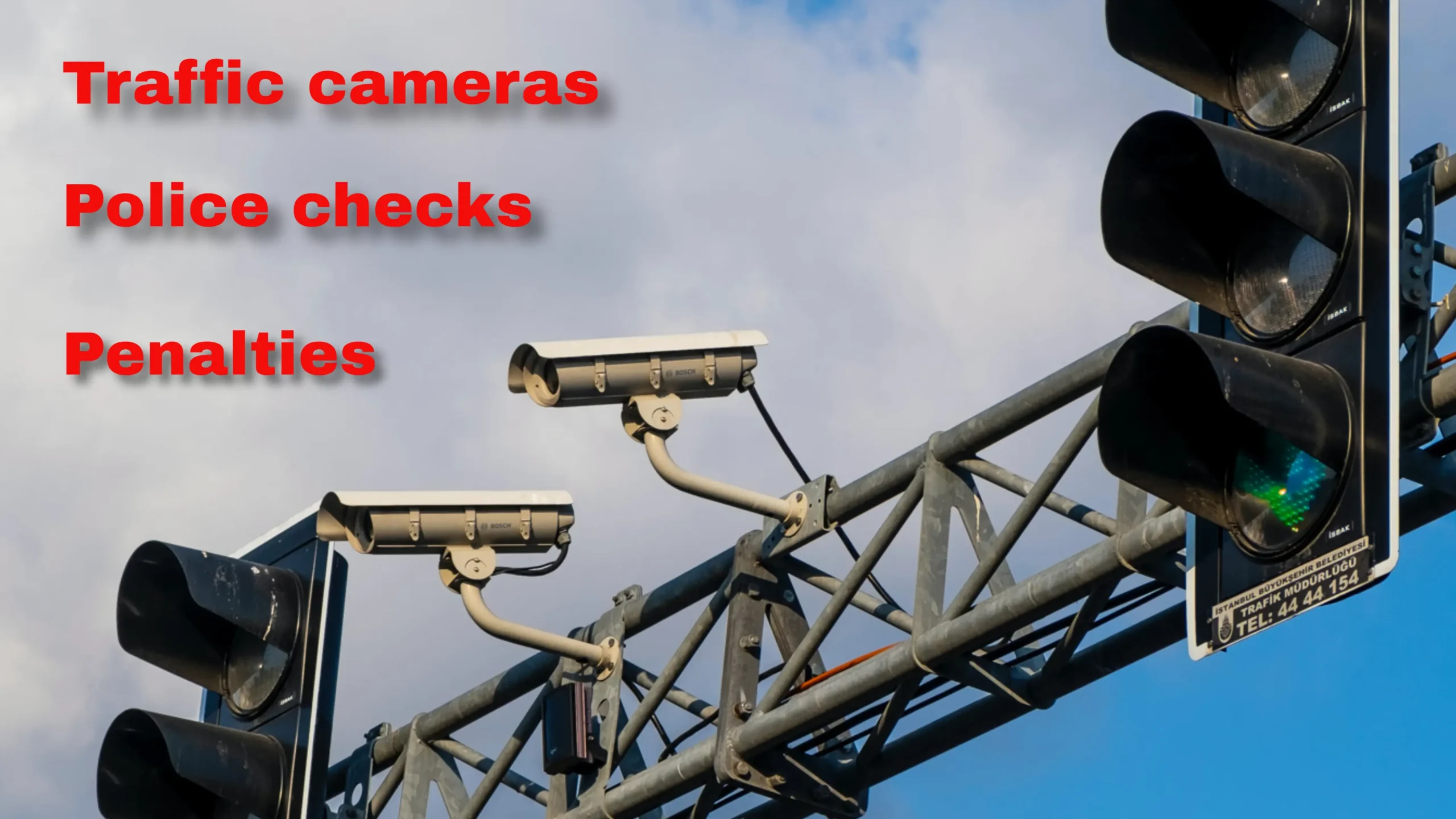
Local authorities monitor and enforce the driving restriction policy through various means, including traffic cameras, police checks, and penalties for non-compliance. Violators may face fines or other consequences to ensure compliance with the policy. For example, rule breakers get three points on their license, 12 of which suspends their ability to drive.
By implementing this policy, China encourages the use of alternative transportation methods, such as public transit or carpooling, on designated driving-restricted days.
2. Implementation of Strict Emission Standards Of Air Pollution:

China enforced stringent emission standards for industries, vehicles, and power plants. These standards aimed to reduce the release of pollutants into the air. Shockingly China implemented these so strictly that it paralyzed its auto market.
There are three common types of coal plants — subcritical, supercritical, and ultra-supercritical.
The first being low-temperature and less efficient, the last being high-temperature and more efficient.
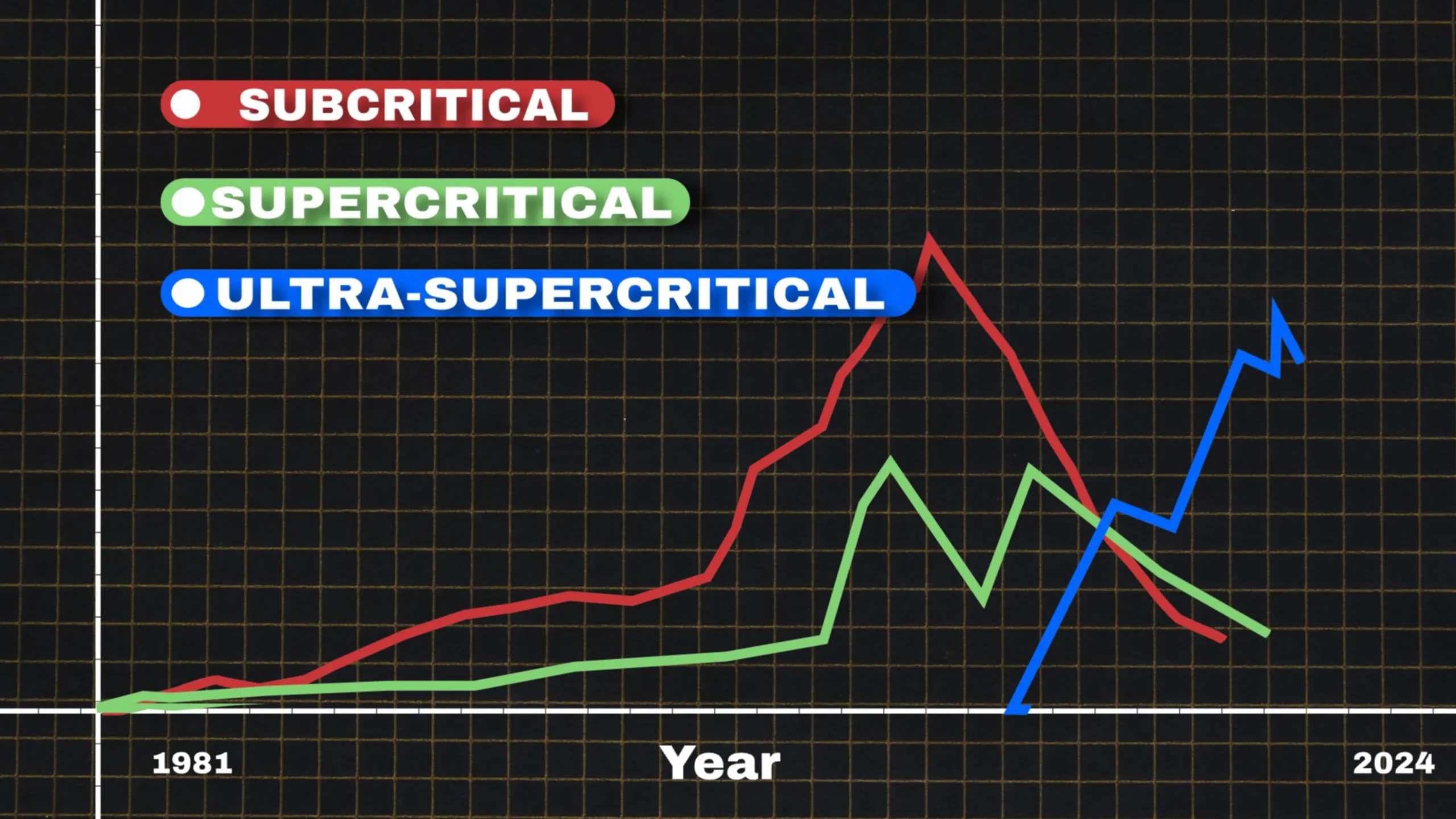
Over time, China has been building fewer and fewer subcritical plants, and more and more efficient ones, thus reducing coal consumption and eventually lowering air pollution.
3. Reduction of coal consumption For Air Pollution:
China focused on decreasing its reliance on coal, a major contributor to air pollution. They implemented policies to promote cleaner energy sources and transitioned from coal to natural gas and renewables.
4. Introduction of cleaner technologies:
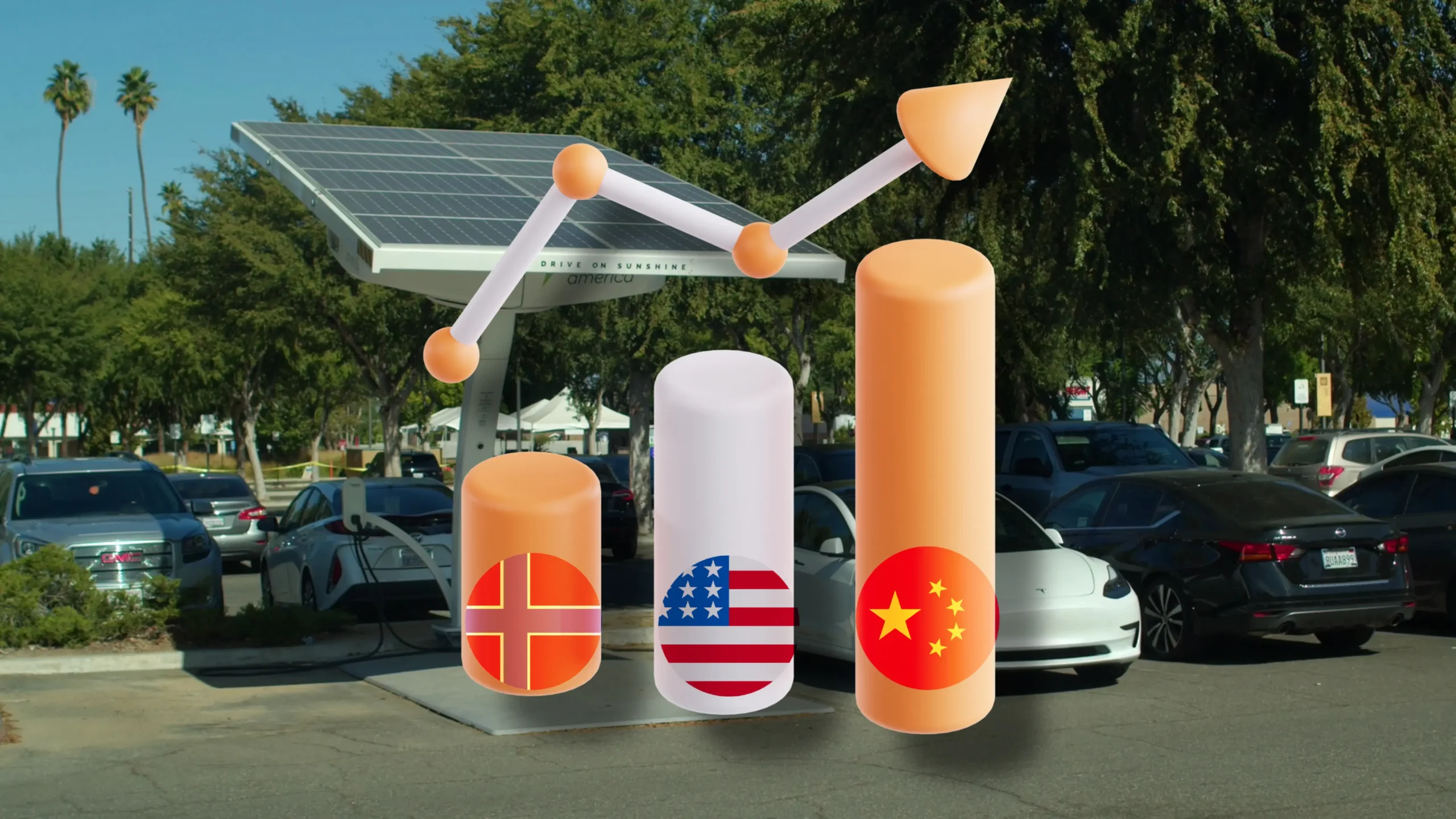
China encouraged the adoption of cleaner technologies in various sectors, including industry, transportation, and power generation. This included the promotion of electric vehicles and the development of renewable energy sources. So it’s no surprise that China buys more electric vehicles than the rest of the world combined.
5. Expansion of public transportation:
China invested heavily in expanding its public transportation infrastructure, such as metro systems and high-speed railways. This aimed to reduce the number of private vehicles on the road and subsequently lower pollution levels.
6. Improvement of industrial emissions:
The Chinese government introduced measures to improve industrial emissions by upgrading pollution control technologies and enforcing stricter monitoring.
7. Adoption of renewable energy:

China made significant efforts to increase the use of renewable energy sources like solar and wind power. They invested in renewable energy projects, developed large-scale solar and wind farms, and incentivized the adoption of clean energy technologies.
8. Implementation of pollution control measures in key industries:
China targeted key polluting industries, such as steel and cement production, and implemented strict pollution control measures to reduce emissions and improve air quality.
9. Strengthening of environmental enforcement:
The Chinese government improved environmental enforcement mechanisms, including increased monitoring, stricter penalties for non-compliance, and enhanced supervision to ensure industries and entities adhered to pollution control regulations.
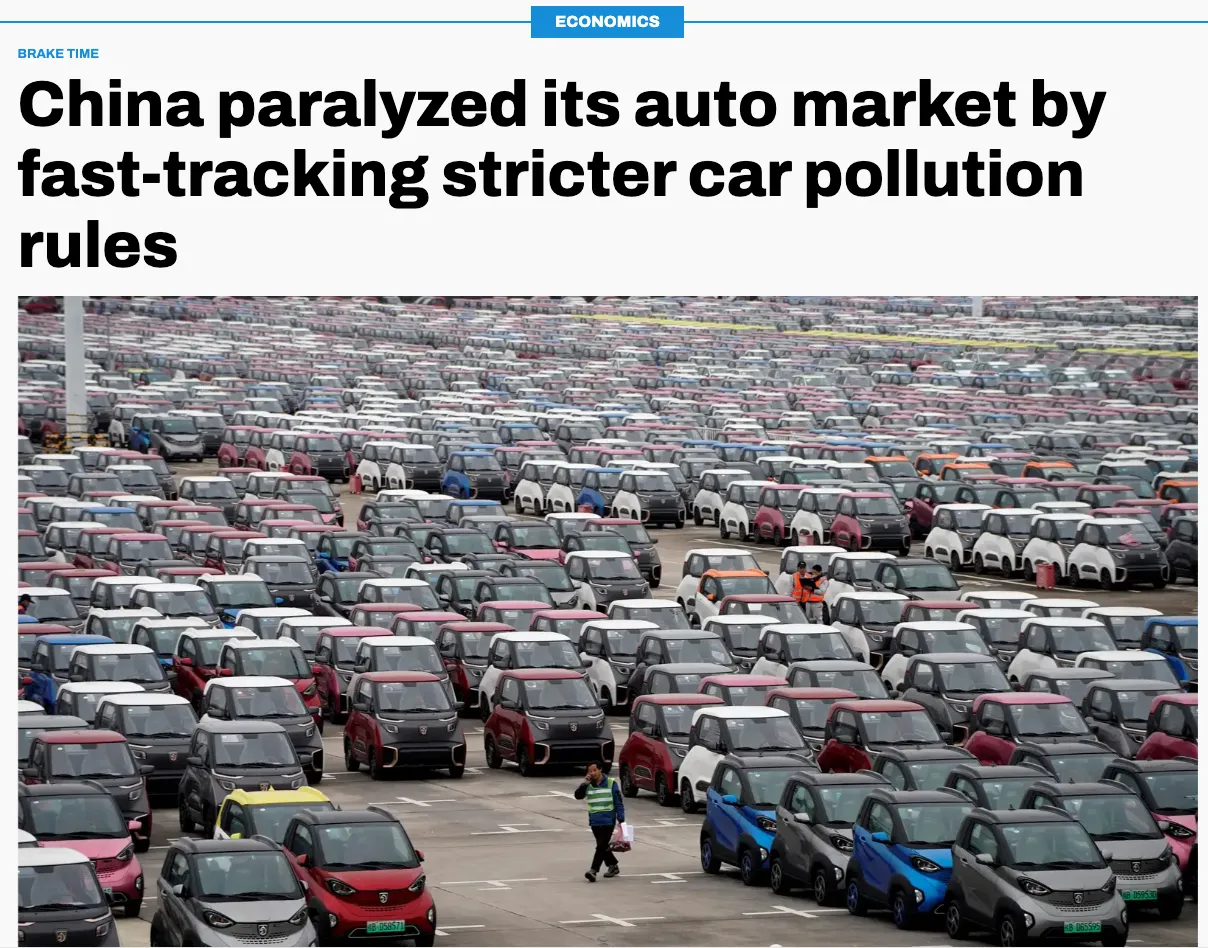
10. Public awareness and education campaigns:
China launched extensive public awareness campaigns to educate its citizens about the importance of reducing pollution and adopting sustainable practices. These campaigns focused on promoting individual responsibility and encouraging lifestyle changes.
These ten steps illustrate the comprehensive approach that China took to curb its air pollution crisis, leading to significant improvements in air quality over time.

Add a Comment
You must be logged in to post a comment